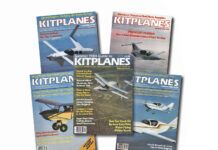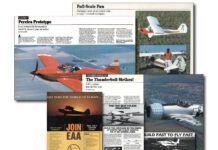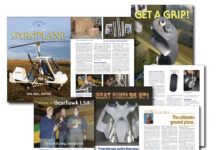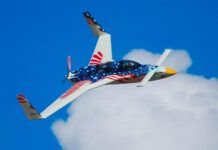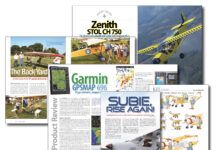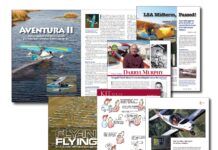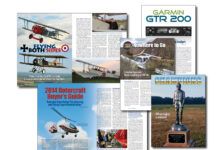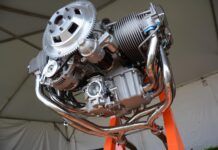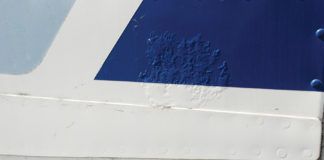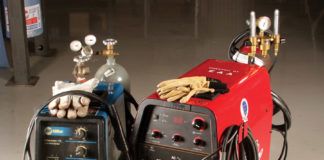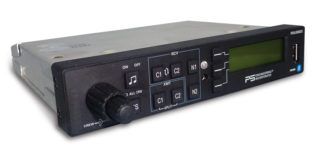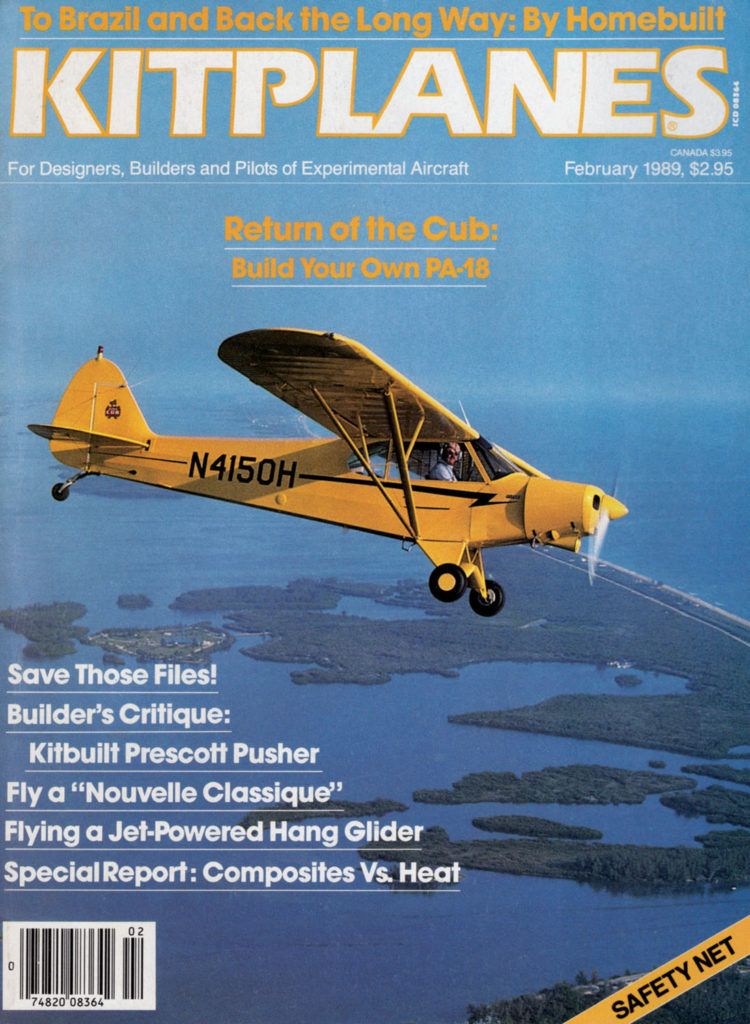 On our February 1989 cover we celebrated the “Return of the Cub.” From today’s perspective, it’s hard to imagine it was ever gone, but by the late 1980s, Piper had been out of the Cub business for some time. New owner Stuart Millar promised to not only bring back the PA-18 to series production but to make an Experimental version that could be built and licensed with a standard airworthiness certificate. (Why anyone would want to do that is beyond us.) True to his word, Millar put the Super Cub into production for a brief period of time, but homebuilders continued to flock to other Cub-style designs.
On our February 1989 cover we celebrated the “Return of the Cub.” From today’s perspective, it’s hard to imagine it was ever gone, but by the late 1980s, Piper had been out of the Cub business for some time. New owner Stuart Millar promised to not only bring back the PA-18 to series production but to make an Experimental version that could be built and licensed with a standard airworthiness certificate. (Why anyone would want to do that is beyond us.) True to his word, Millar put the Super Cub into production for a brief period of time, but homebuilders continued to flock to other Cub-style designs.
Don Downie reported on a truly novel jet-powered trike. The single-seat flexwing hang glider gained motivation from a Glauhareff pressure jet engine, capable of 30–32 hp, according to Downie. Bill Blake, a Hollywood special-effects artist found the engine left over from a canceled TV project and fit it to an Otto Hoffman trike. The project’s performance was decidedly not jet-like—200 fpm climb and a 4-minute flight endurance. But, boy, was it loud.
Not only did we have a Kitfox ad in the magazine, reminding you that “You’ll Have More Fun Building and Flying the KITFOX,” but we published Jim Lawrence’s 13th installment of his Kitfox build. Then, as now, you can spend a lot of pages talking about fabric covering.
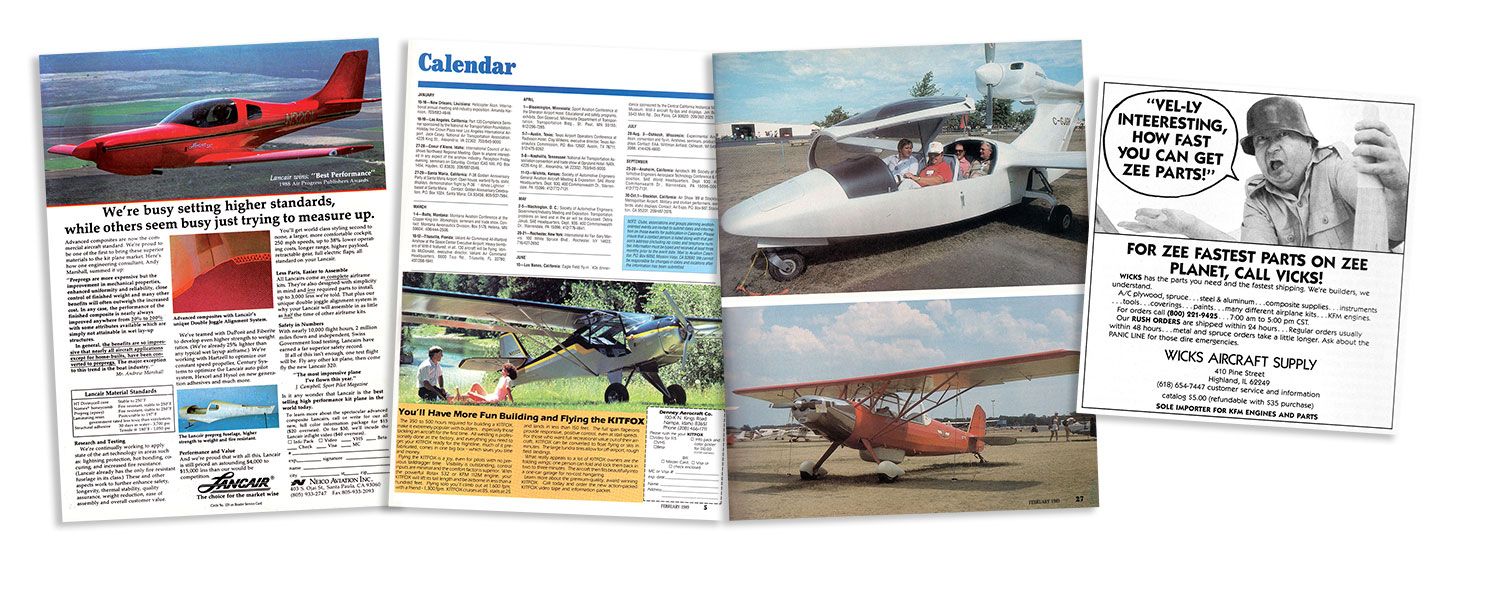
A name familiar to current KITPLANES® readers was mentioned way back in 1989, as Vic Syracuse was interviewed about his Prescott Pusher. As the first customer Prescott to fly, Vic’s airplane gathered crowds at Oshkosh 1988 and in our interview, he pulled no punches about the building experience. (Prescott, at that time, had decided to stop selling kits.) “There are manufacturers at Oshkosh today. If you walk around the flight line and listen to them, they’ve all got their neato kit airplanes, yet they cannot deliver. Prescott did the same thing to us. I started out as builder number 29 and I finished first–only because I kept dogging Prescott for parts,” he said.
Composites wizard Martin Hollmann, designer of the Stallion, shared extensive research on composite materials trying to answer the question of whether Lancair’s decision to paint its factory aircraft a bright red was a bad idea. Conventional wisdom held that composite aircraft had to be white, or nearly so, to keep skin temperatures down and preserve the integrity of the underlying bonds and structure. Hollmann concluded that “considerable material property data at elevated temperature is not currently available. Temperature tests need to be performed and the properties of the material used should be included in the structural analysis of future composite aircraft.” He concluded that the red Lancair 320 was still gathering data but caution suggested that if you’re planning to park your composite airplane in the sun, paint it a light color.


